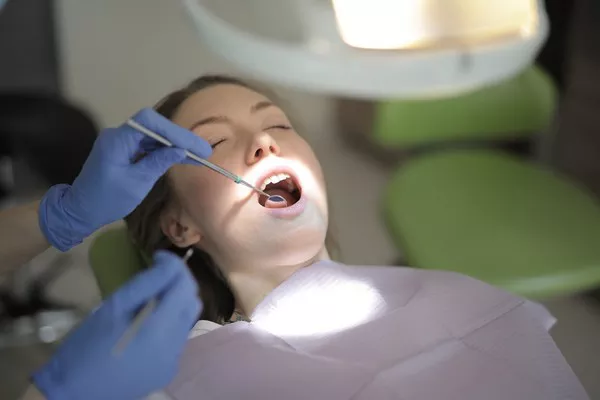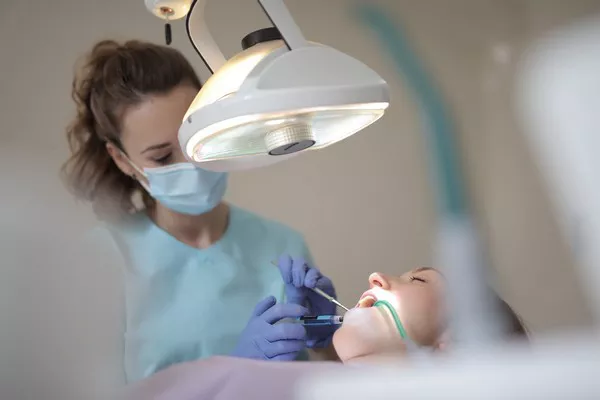Orthodontic retainers are an integral part of orthodontic treatment. After completing braces or other orthodontic interventions, retainers play a crucial role in maintaining the achieved results and preventing teeth from relapsing into their original positions. However, one common concern among individuals considering orthodontic treatment is the cost associated with retainers. In this article, we will explore the factors that influence the cost of orthodontic retainers, discuss different types of retainers, highlight the benefits they offer, and provide considerations for choosing the right retainer.
Factors Influencing the Cost of Orthodontic Retainers
The cost of orthodontic retainers can vary based on several factors. Here are key considerations that affect the overall price:
Type of Retainer:
There are different types of retainers available, including removable retainers and fixed retainers. Each type has its own specifications, materials, and manufacturing processes, which can contribute to differences in cost.
Complexity of Treatment:
The complexity of the orthodontic treatment plays a role in determining the cost of retainers. Cases that require extensive realignment or correction may necessitate more specialized and customized retainers, leading to higher costs.
Geographic Location:
The cost of orthodontic treatment, including retainers, can also vary depending on the geographical location. Factors such as local market competition, cost of living, and regional pricing norms can influence the overall cost.
Specialist Expertise:
The experience and expertise of the orthodontist or dental specialist can impact the cost of retainers. More experienced professionals who have advanced training and a reputation for delivering quality results may charge higher fees for their services.
Additional Services:
Some orthodontic practices may bundle the cost of retainers with other services, such as follow-up appointments or adjustments. These additional services can affect the overall cost.
Types of Orthodontic Retainers
Orthodontic retainers come in different types, each with its own characteristics and advantages. Here are some commonly used types of orthodontic retainers:
Hawley Retainers:
Hawley retainers are one of the most traditional and widely used types. They consist of a molded acrylic base that sits on the roof of the mouth or behind the lower teeth, along with a wire component that wraps around the front teeth. The wire can be adjusted by the orthodontist to maintain the desired tooth alignment. Hawley retainers are removable and can be customized with various colors or designs.
Clear Retainers:
Clear retainers, also known as Essix retainers, are transparent aligner-like appliances made from thin, BPA-free plastic. These retainers fit snugly over the teeth and are virtually invisible when worn. Clear retainers are removable, making them convenient for eating, drinking, and oral hygiene practices.
Fixed Retainers:
Unlike removable retainers, fixed retainers are bonded to the back of the teeth with dental adhesive. They consist of a thin wire that is permanently attached to the lingual (tongue-facing) surface of the teeth. Fixed retainers are designed to provide continuous support and prevent teeth from shifting. They are typically used for lower front teeth but can be applied to the upper arch as well.
Combination Retainers:
In certain cases, orthodontists may recommend a combination of different retainer types to address specific needs. This approach may involve using a fixed retainer for the lower teeth and a removable retainer for the upper teeth, or vice versa.
Benefits of Orthodontic Retainers
Orthodontic retainers offer several important benefits that justify their cost and the commitment to wearing them. Here are some key advantages:
Maintaining Treatment Results:
Orthodontic retainers play a vital role in holding teeth in their corrected positions after orthodontic treatment. They help prevent teeth from shifting back to their original misaligned positions, ensuring that the treatment outcomes are maintained.
Stability of Bite Alignment:
Retainers contribute to bite stability by maintaining the proper alignment of the upper and lower teeth. This balanced occlusion provides functional benefits, such as improved chewing efficiency and reduced strain on the jaw joints.
Preventing Relapse:
Teeth have a natural tendency to shift over time, even after orthodontic treatment. Retainers act as a safeguard against relapse, preserving the investment made in achieving a straight and aligned smile.
Supporting Bone and Gum Tissue Adaptation:
After orthodontic treatment, the bone and gum tissues surrounding the teeth need time to adapt to their new positions. Wearing retainers as prescribed allows these tissues to settle properly, promoting long-term stability and overall oral health.
Can an orthodontist do fillings?
Yes, orthodontists can perform fillings, but it is not typically within their primary scope of practice. Orthodontists are dental specialists who specialize in the diagnosis, prevention, and treatment of dental and facial irregularities, primarily related to tooth alignment and jaw positioning. They focus on correcting malocclusions, straightening teeth, and ensuring proper occlusion.
While orthodontists primarily focus on orthodontic treatments such as braces, clear aligners, and other orthodontic appliances, they do have general knowledge and training in various aspects of dentistry. This includes basic restorative procedures like fillings. However, orthodontists usually refer their patients to general dentists or prosthodontists for routine dental procedures, including fillings and other restorative treatments.
General dentists and prosthodontists are dental professionals who specialize in providing comprehensive dental care, including preventive, restorative, and cosmetic dentistry. They have advanced training and experience in various dental procedures, including fillings, crowns, bridges, and other restorative treatments.
If a patient requires orthodontic treatment and also needs dental restorations like fillings, it is common for the orthodontist to work in collaboration with the general dentist or prosthodontist. The orthodontist focuses on the alignment and positioning of the teeth, while the dentist addresses any necessary restorative work.
In summary, while orthodontists may have the capability to perform fillings, it is generally not a routine part of their specialty practice. It is more common for orthodontists to collaborate with general dentists or prosthodontists to ensure comprehensive dental care for their patients.
Related Topics:































